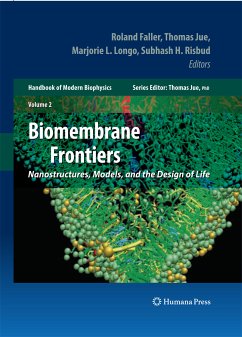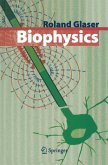The book, Biomembrane Frontiers: Nanostructures, Models, and the Design of Life, a volume in the Handbook of Modern Biophysics series, is based on a workshop held on the 20th and 21st of March 2008 at the University of California Davis. Unlike other meeting monographs, the book presents the exciting frontiers of biomembrane research for both expert and student c- leagues interested in research at the interface of biology and physics. The idea of the workshop originated from discussions about how to create an effective o- reach for the NSF-NIRT joint project "Aerogel and Nanoporous Materials for Biomolecular Applications" between the Longo, Faller, and Risbud groups at UC Davis and the groups of Curt Frank at Stanford and Joe Satcher at Lawrence Livermore National Laboratory. In the p- ject we interacted with researchers from diverse backgrounds and hoped to create an oppor- nity to foster a multi- and interdisciplinary exchange of ideas. Thus, the workshop idea was c- ceived. The workshop brought together experts working on many different aspects of biological membranes: from theory and simulation, to supported model bilayers, and to clinical appli- tions. Several material scientists working on the interactions of biological membranes with b- logical or nonbiological materials also participated. Such a diverse set of experts in one meeting is unusual, as the different communities of theorists and experimentalists working on model membranes and real biological systems are typically quite distinct and do not often interact.
Dieser Download kann aus rechtlichen Gründen nur mit Rechnungsadresse in A, B, BG, CY, CZ, D, DK, EW, E, FIN, F, GR, HR, H, IRL, I, LT, L, LR, M, NL, PL, P, R, S, SLO, SK ausgeliefert werden.









